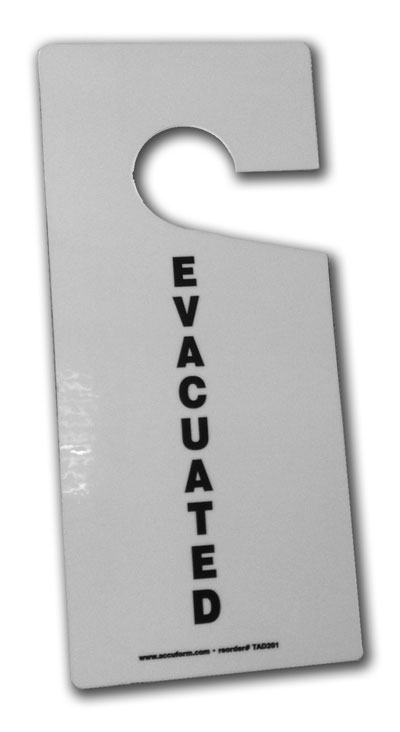
Safety first
I’d just been settled into a chair in the doctor’s consulting room by a nurse who’d checked and recorded my vitals. The door closed softly after a promise that it wouldn’t be long. I glanced around me, looking at the colorful charts of body parts, their maladies graphically depicted side-by-side with their normal appearances. The room was a kiosk of frightening information, but I couldn’t concentrate. I had to use the bathroom.
Knowing the doctor was on her way, I decided to wait.
In a person’s daily life, choosing the time to use a bathroom is predictably uncomplicated. The urge to go is often closely followed by the going. But on a day with a medical appointment made three weeks in advance, habit takes second place.
It’s essential, for instance, to arrive at the doctor’s office on time, but naturally, the morning never goes smoothly. You oversleep. The coffee machine has a tantrum. Your driveway turns into a Möbius strip because you forget an important form on the kitchen table and are forced to execute a sudden u-turn in front of a startled school bus driver. You gesture an apology. He replies with an emphatic gesture of his own.
 The parking lot at the hospital is crowded, so packed with vehicles you wonder if a large-scale disaster is unfolding and nobody bothered to mention it on the news. A tag of gravel along the ring road is as close as you’ll ever get to the painted pavement, so you hike the distance to the door, wheezing like a two-pack-a-day smoker by the time you climb the stairs and stand sweating before the receptionist to announce you’re here for the 11 o’clock.
The parking lot at the hospital is crowded, so packed with vehicles you wonder if a large-scale disaster is unfolding and nobody bothered to mention it on the news. A tag of gravel along the ring road is as close as you’ll ever get to the painted pavement, so you hike the distance to the door, wheezing like a two-pack-a-day smoker by the time you climb the stairs and stand sweating before the receptionist to announce you’re here for the 11 o’clock.
I examined the minuscule proportions of the consulting room again while listening to the foot traffic in the short hallway outside the door. I could wait, I told myself. It was a routine follow-up visit, involving a peek at the afflicted area, a few questions, and a promise to meet again in three weeks to a month. Then someone paused outside in the hall. I expected the door to open but a high-pitched alarm started screeching, piercing the air as a bright white light flashed on the wall above me. Oh shit, I thought, the makings of an evacuation. I decided to sit quietly and hope it went away.
It didn’t. A nurse entered and said I’d have to join the stream of people leaving the building. “Continue along the corridor and go out to the parking lot,” she instructed.
“What’s going on?” I asked, but she’d already turned to usher others toward their salvation.
Before I retired, I’d been a part of formal evacuations for 27 years as a public school teacher. Usually they were pre-scheduled and I was supposed to act as part of a team, clearing the building as quickly as possible. For many years they were just fire drills. Eventually bomb drills were added to the fire drill practice, then lockdowns so drug dogs could check the lockers, then we were taught to hide the students in the dark and keep them quiet after locking the classroom door to practice responding to the hypothetical threat of an armed shooter. We memorized codes that would be announced over the PA system, color schemes to measure the fictional severity of the situation. The more we practiced, the more my students refused to take any emergency seriously. They’d giggle with each other in the dark, pretend to scream out of terror, then giggle some more.
We are committed to fighting the crazies by being prepared, and well we should be. But instead of coaching our children in the strategies of becoming lifelong careful observers of their surroundings, we drill them in rote exercises to elicit a mass, mindless reaction. Go where you are told. Don’t ask questions. Depend on somebody else knowing what to do. I’m amazed we aren’t still insisting that the undersides of their desks will afford them the best protection.
All these thoughts were running through my brain as I headed toward the exit, but then I noticed a set of bathroom doors in an alcove near the elevator. I slowed my pace, drifted toward the wall, and watched for a gap in the foot traffic. When it arrived, I slipped into a bathroom, and closed and locked the door.
Once again I examined the minuscule proportions of my new surroundings. Stuck to a strip of velcro on the wall above the door I noticed a piece of plastic shaped like a motel “Do Not Disturb” notice. It had one printed word: Evacuated. Such an odd word, I thought, to have fixed to the wall in a public bathroom.
As I left, I tore the sign from its velcro mount and hung it on the doorknob, feeling much more motivated to exit the building.
– David Feela
